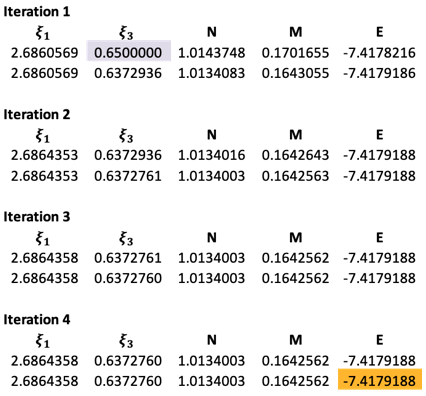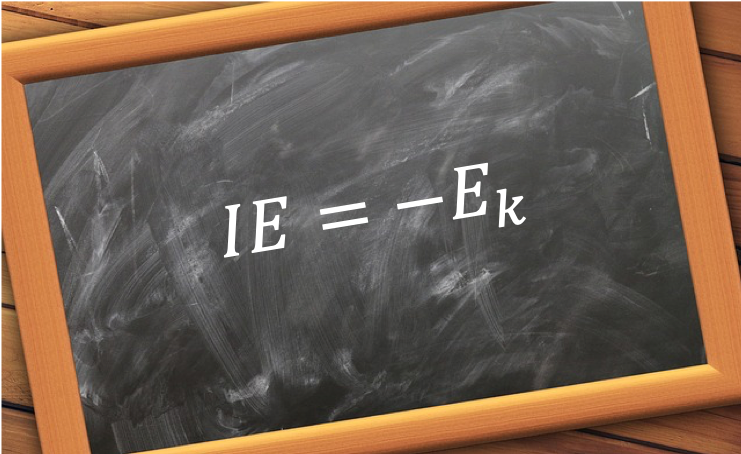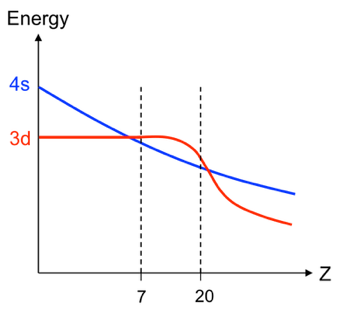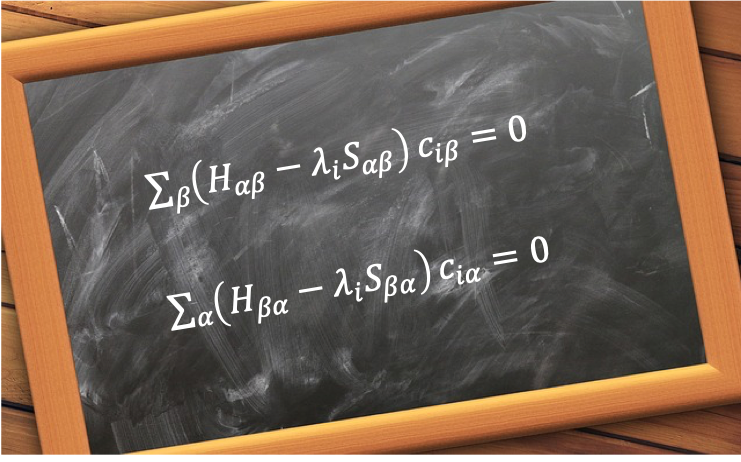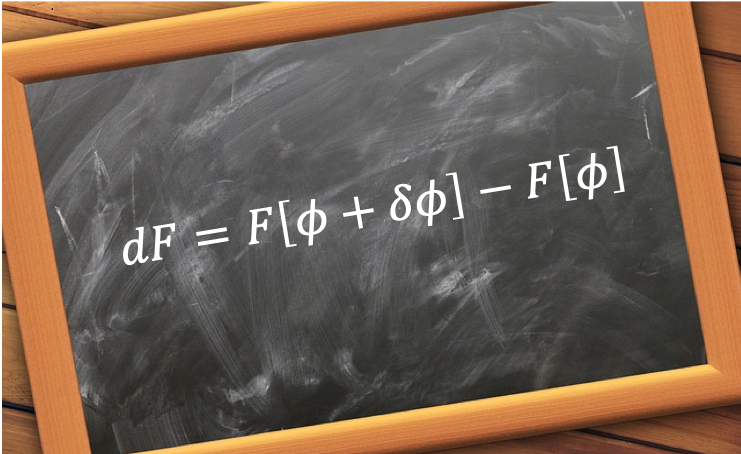The analytical solution of the energy equation of He involves finding analytical expressions for all terms in eq8 using trial one-electron wavefunctions. As per the numerical method, guess values are used for the variables in all trial one-electron wavefunctions except one, e.g. . Eq8 is then minimised to obtain the solutions for
and
. The process is repeated until
and all
become invariant. For He, eq8 is
where and
.
Our computation employs the following assumptions:
- We base our iteration on the unrestricted case, where electrons
and
are distinctively expressed by
and
respectively.
- All terms on the RHS of eq48 are determined using Slater-type orbitals, where
Substituting in
, using the identity
for
and integrating by parts for
, we have
Similarly, substituting in
, we have
Substituting ,
and eq47 in
and multiplying the resultant equation by
, where
is the spherical harmonics for
, we have
Due to the orthogonality of the spherical harmonics, the only integral that survives upon expanding the summation is when and
. Since,
, the above equation becomes:
We proceed by integrating with respect to first. Since
ranges from 0 to
, we can split the integral into two parts, one from 0 to
and the other from
to
. Supposing
, the above equation becomes:
As increases from 0 and approaches
, it must be less than
and so
. Similarly, as
increases from
to
, it must be greater than
and so
. Therefore,
Using the identity for the first integral within parentheses, integrating by parts for the second integral within parentheses, and employing the identity
for the integral with respect to
yields
Substituting eq50, eq51 and eq55 in eq48 gives
Differentiating eq56 with respect to and
results in
Eq57 and eq58 are used in an iterative algorithm to find ,
and
. The procedure is as follows:
- Substitute an initial guess value of
, e.g.,
, in eq57 and solve for
by setting eq57 equal to zero. We then substitute the solution of
and the initial guess value of
in eq56 to find
.
- To obtain an improved estimate of
, we substitute the solution of
from the previous step in eq58, and solve for
by setting eq58 equal to zero. We then substitute the solution of
and the value of
found in the previous step in eq56 to find a better estimate of
.
- Steps 1 and 2, which form an iteration set, are repeated until the values of
and
are invariant up to six decimal points.
Alternatively, we can set up an iterative table in Excel as follows:

Cell C2 is the initial guess value of . The formula for D2:D7 is eq56, i.e. =(B2^2)/2-2*B2+(C2^2)/2-2*C2+(B2*C2*((B2^2)+3*B2*C2+(C2^2)))/((B2+C2)^3). The formulae for B3, C4, B5, C6 and B7 are =B2, =C3, =B4, =C5 and =B6, respectively. To compute the first iteration set, we employ the Excel Solver application to minimise D2 with respect to B2, with the following settings:
Set objective: D2
To: Min
By changing variable cells: B2
Selecting a solving method: GRG Nonlinear
We then solve for D3 by changing the ‘Set objective’ field and ‘By changing variable cells’ field to D3 and C3 respectively. This procedure is repeated for subsequent iteration sets until the values of and
are invariant up to six decimal points.
The results are as follows:

The final theoretical value of has a deviation of about 1.93% versus the experiment data of the ground state of helium.
Next article: Antisymmetriser
Previous article: The expansion of \(\frac{1}{r_{ij}}\) (the reciprocal of the inter-electron distance)
Content page of computational chemistry
Content page of advanced chemistry
Main content page


